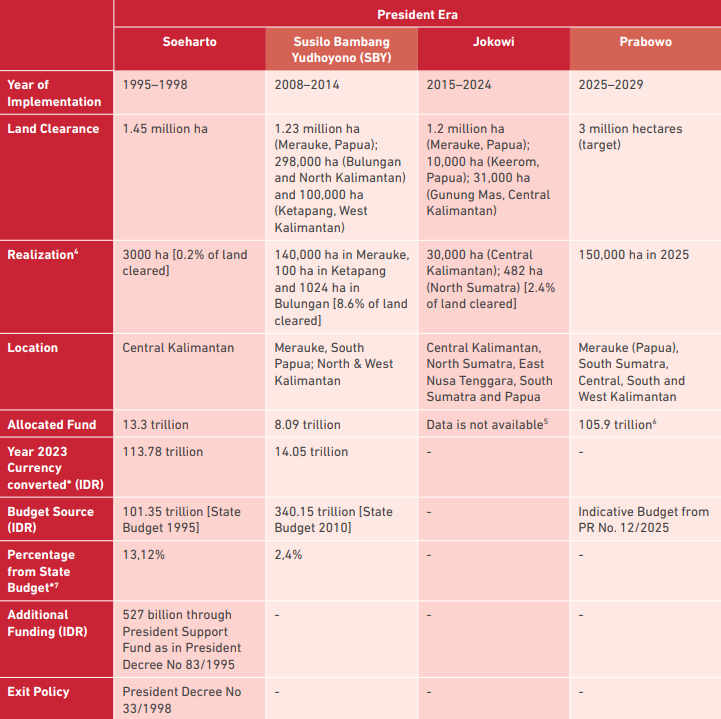New China Singapore Inroads Amid WEF Summer Davos Chatter
Plus fresh protest spark; alliance geoeconomic hub boost; new free trade pact; quiet cyber law passage; key critical minerals datapoint and much, much more.
Greetings to new readers and welcome all to the latest edition of the weekly ASEAN Wonk BulletBrief! If you haven’t already, you can upgrade to a paid subscription for $5 a month/$50 a year below to receive full posts by inserting your email address and then selecting an annual or monthly option. You can visit this page for more on pricing for institutions, groups as well as discounts. For current paid subscribers, please make sure you’re hitting the “view entire message” prompt if it comes up at the end of a post to see the full version.
For this iteration of ASEAN Wonk BulletBrief, we are looking at:
Assessing the geopolitical and geoeconomic significance of new China inroads following “summer Davos” and expressed regional outlooks;
Mapping of regional developments, such as fresh protests spark; rising ASEAN Middle East concern; and new subregional strategy;
Charting evolving geopolitical, geoeconomic and security trends such as shifting regional competition wars; new trade pact and alliance hub boost;
Tracking and analysis of industry developments and quantitative indicators including China EV partner launch; new cyber law; minerals boost & more;
And much more! ICYMI, check out our latest iteration of the ASEAN Wonk Podcast featuring a former senior U.S. defense official on what to watch in the coming U.S. defense strategy and Southeast Asia and Indo-Pacific stakes.
This Week’s WonkCount: 2,179 words (~10 minutes)
Street Protest Spark; New Subregional Strategy & More

Void Filling Woes; China Tilt Anxieties & Self-Reliance Challenges
“Media partners are concerned that this void may be filled by parties offering less protections, giving both foreign and domestic powers greater ability to exploit weakened information environments for their own ends,” notes a new report on the impact of government funding cuts to the media sector published by three consortia. The report identifies four categories of needs in the media sector to respond to ongoing challenges already seen in various areas of the world such as Asia including through efforts by China: access to emergency support; operational support for strategic partnerships; support for public interest media; and donor coordination and sectoral review (link).
“Even though Southeast Asia is clearly leaning toward China, alignment patterns are not set in stone,” argues a new piece in Foreign Affairs. The article suggests that while Southeast Asian governments may either deny or not realize that they are beginning to take sides, a closer country-by-country assessment across the actual interactions of most regional states nonetheless suggest a tilt towards Beijing in the aggregate relative to the recent past (link).
“This goal is respectable, but in practice food estate projects have been plagued with governance issues,” cautions a new publication from the Center for Indonesian Policy Studies on the implementation of food security priorities under the current administration of President Prabowo Subianto. The policy brief includes recommendations for how to reevaluate current approaches to ensure that strategies are more inclusive, sustainable and efficient (link).
Sectoral Policy Development Under Various Indonesia Governments
New China Singapore Inroads Amid WEF Summer Davos Chatter
What’s Behind It
Southeast Asian perspectives were on display during the latest iteration of so-called “summer Davos” held in China1. The development took place during a busy week of engagements for regional states. This included a forum tied to the Russia-led Eurasian Economic Union as well as subregional sectoral meeting in Laos featuring Mekong states and Beijing2. Meanwhile, officials within the region also continued to adjust to wider global developments. A case in point was the issuance of a new ASEAN foreign ministers’ statement on the situation in the Middle East under Malaysia’s chairmanship, which had to candidly acknowledge fast-moving developments in Israel-Iran tensions3. Officials have privately noted challenges in negotiating past statements on such geopolitical developments even as ASEAN tries to forge greater cross-continental linkages.
Select Notable Recent Regional Developments Amid 2025 Summer “Davos” Engagement
Evolving Southeast Asia perceptions of global order were in the spotlight during the latest iteration of so-called “summer Davos” held in China. Particular focus was placed on Singapore given that the country signaled new potential inroads with Beijing during Prime Minister Lawrence Wong’s first visit to China and meetings with its leaders since winning an election last month4. But there were other perspectives shared during the forum as well on new ideas for regional growth and ways of exercising agency in a more fractured and contested world order. This included major regional countries such as Indonesia and Vietnam which have tried to engage more actively in new economic initiatives and across fora like the OECD as they manage challenging domestic realities5.
Why It Matters
The state of play also points to future datapoints to watch across key priority areas and pillars (see originally generated ASEAN Wonk table below on notable areas to monitor and additional specifics. Paying subscribers can read on for more on what to expect and future implications in the rest of the “Why It Matters” and “Where It’s Headed” sections, along with paid-only sections of the newsletter as usual).











